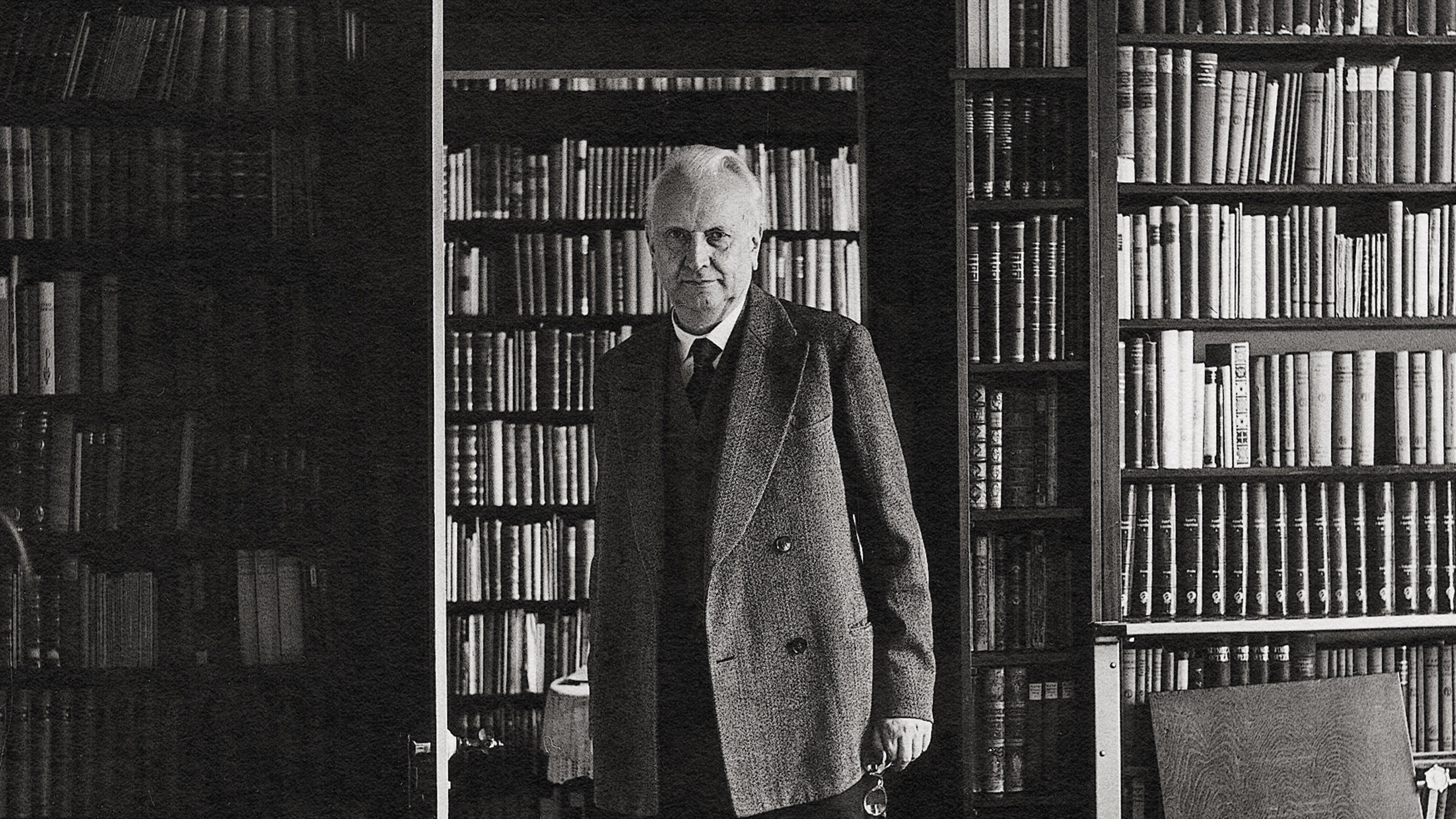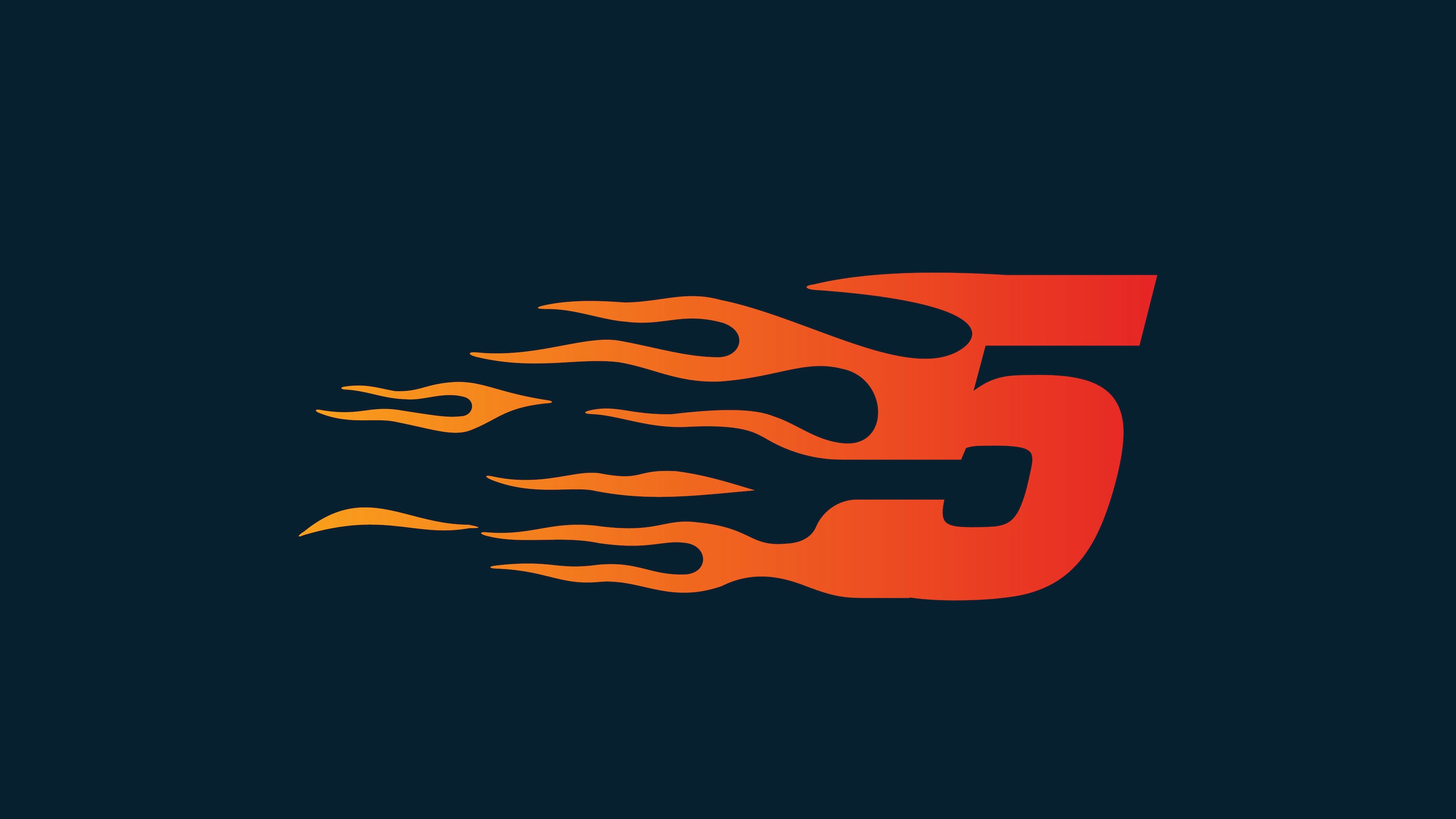How to handle disruption the slow and steady way

Flickr
- Unprecedented recent disruptions — from the pandemic to the sudden onrush of AI — require some sort of recalibration from businesses.
- We should be hesitant to trigger change ourselves, especially if our goal is improvement and growth.
- Allowing things to evolve more slowly lessens the risks inherent in sudden disruption.
The demands faced by our organizations are constantly changing. As I began work on The Problem with Change, the world was confronting a never-before-in-our-lifetimes trauma turducken of pandemic, social injustice, and political upheaval. Since then, we’ve added to the mix economic turbulence around the world, and on top of that the uncertainties inherent in the sudden onrush of AI. All of these require some sort of reaction or adjustment or recalibration from businesses. Stasis is not an option: we can’t stand still, and we can’t command the tide not to come in. And yet, constant change, whether instigated from without or from within, erodes the very foundation of human identity, and productivity, and health. So, what to do?
Firstly, we should stop pulling on the seedlings in the hope of getting them to grow. Because, sometimes, the world will force our hand on change, we should be much more hesitant to trigger it ourselves when we have the option not to, and doubly more hesitant to trigger it if our goal is improvement and growth. We should be much more skeptical about the assumed benefits of organizational change, we should raise the bar on what we consider sufficient cause to embark on a large change initiative, and we should consider these programs and transactions the exception not the rule. We should have less change.
This may sound like a dangerously radical proposition — how can we possibly just not do these things? If we don’t change, we will die! Remember Blockbuster! — but the track record of large-scale change initiatives in meeting their desired objectives is mixed at best, and that’s before we take into account the human costs. When the newly-hired executive arrives with his brilliant idea for an entirely new organizational construct, or when the consultants show up to point out that this is what all their other clients are doing now, and that they would be more than happy to helm the transformation, the first question should not be, “When do we start,” but rather, “Should we really?”
Sometimes, however, we are Blockbuster. Sometimes the upside of change, properly evaluated and with the human costs fully weighed, is nevertheless something we want to reach for, or feel we have no choice but to reach for. The downsides of change remain: just because there is a positive case to be made for a particular change does not suddenly negate the human need for predictability, agency, belongingness, place, and meaning — all of which will now be in the firing line. In this case, when it’s impossible to do less change, an alternative is to go slow.

Nokia, the Swedish telecommunications company, adopted this sort of measured approach when it undertook a huge layoff — some 18,000 people — in 2011. Rather than an instantaneous severing, they gave employees a year to find something new, helped them explore possible roles inside and outside the company, return to education, or start their own businesses, and established as their measure of success how many of the people impacted had their next role lined up when they left, together with what they felt about the process overall. According to the New York Times, “nearly two-thirds of people who left knew what their next steps would be.”
Other types of change benefit from a steadier cadence, too. Diane is the head of HR for a medium-sized company in New England, and a few years back she and her boss, the CEO, felt it was time to think about his successor. They felt the change of leader would be less disruptive were the successor to be an internal appointment, so their first step was to bring two new executives into the top team to give them the right slate of candidates. Then they waited and allowed the team to cohere before announcing the successor (internal, as planned) in the summer of 2019 — and at the same time they announced that the change would not take effect for a further year. Since the transition of the CEO, which at the time I spoke to Diane was more than two years past, there had been only one change on the senior leadership team. Diane is now applying this thinking — that slow and steady wins the race — to other changes the company is contemplating. “I think about focusing on the critical few,” she told me. “What are the things that are going to give us the greatest return when we’re making changes that are impacting our employees, so that we maximize stability versus change?”
Slowing the pace does a couple of things. First, it signals to everyone involved that there’s a plan, which is always a good thing and surprisingly often an overlooked thing. Beyond this, though, making time is super-helpful in its own right. Because so many of the ingredients of human work-health — building routines, learning where to go for help or advice, getting to know teammates and their skills — have a time dimension, allowing things to evolve more slowly lessens the risks inherent in sudden disruption.





